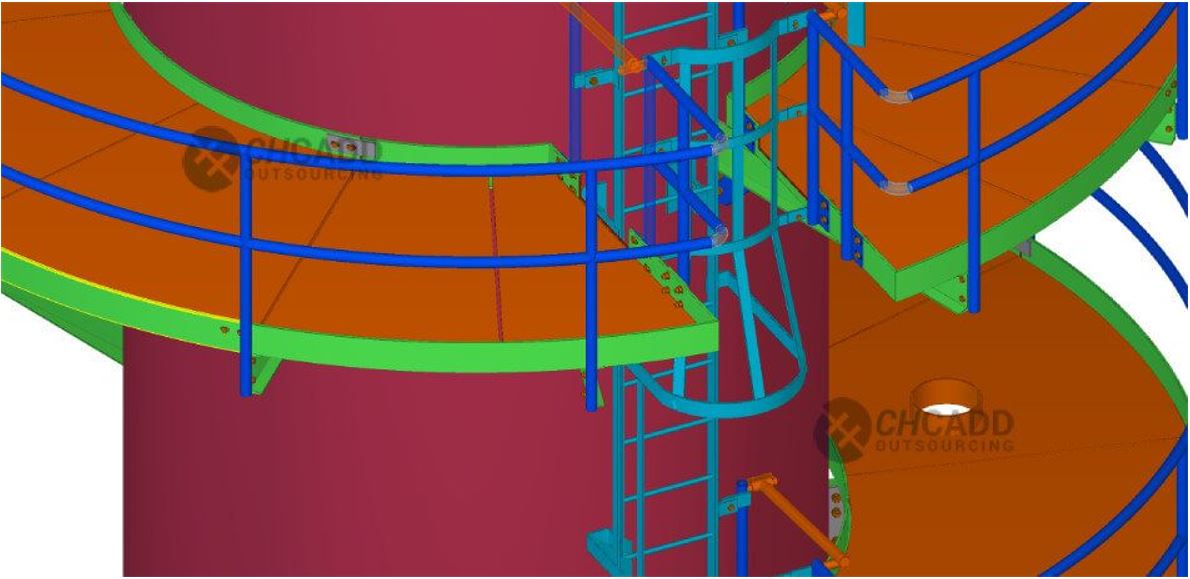What can Structural Engineers gain from using BIM services?

The design of a building requires multiple disciplines. Each discipline has its own set of important elements. Building Information Modeling has been a growing trend in the AEC sector. It is helping the industry, particularly the construction sector, improve workflows, increase production in shorter periods while increasing quality and decreasing cost. Every discipline uses BIM differently. BIM can be used for a variety of purposes, such as BIM can be used by architects to draw the structure's outline and overall appearance, while structural engineers use it to make design changes in a shorter time frame and identify conflicts between model components with built-in tools. This article will highlight the many benefits structural engineers can reap from BIM.
1. Productivity
BIM can be used to reduce time spent on coordination activities by engineers in structural engineering. BIM allows them to use their time for design and value engineering. Structural engineers tend to spend more time on coordination than solving problems. Structural BIM Services allows them to focus their energy on finding creative solutions. These insights can then be used to aid in the decision-making process. Data-driven BIM processes allow structural engineers to identify and filter any area or part of the building or structure that requires immediate attention. They can also help in 3D visualizations. BIM allows engineers to simplify and automate their design processes. This helps reduce errors, risks, improve accuracy, constructability, and improve project delivery. BIM also helps to gain better insight into the project and allows for a more detailed understanding of the project. This ultimately leads to increased productivity.
2. Interoperability
Interoperability is the ability of computer systems and software to exchange information. BIM models facilitate collaboration by centralizing project information into a federated model, as well as interoperability between BIM applications. Any potential barriers to data sharing among models have been reduced by the use of the IFC format. This is a huge leap forward when compared to sequential models, or choosing one software to complete the entire process. The structural engineers will find the interoperability feature of BIM to be a huge benefit.
3. Reduction Wastage
Construction is a complex process and both cost and time are crucial aspects. BIM allows for features like time scheduling, quantity takeoff, and cost estimation. This helps all stakeholders to have a better understanding of the project's time and cost. BIM is especially useful for structural engineers. They can now prepare budgets and provide exact information about quantities, as well as information about the quality of materials. BIM allows for clash detection, which means that clashes or errors can be identified before construction begins. The intelligent model estimates the number of materials and time, which reduces the need to rework. Additionally, the schedule can be easily followed as there is no wastage. Engineers can now focus on more important aspects of the project while saving time and resources.
4. Higher Accuracy
As a construction process, accuracy and efficiency are key. A small mistake can cause significant time and financial loss, as well as loss of other valuable resources. BIM can help you gain details such as the dimensions of a single steel piece. This, in turn, will allow you to be precise about components, arrangement, fixing, and overall project execution. Software like Tekla allows you to directly feed the CAM machines. NC files to cut, drill, and punch steel. Structural engineers can save time and get accurate results by using 3D model-based Steel Detailing Services.
Source: https://www.chcaddoutsourcing.com/services/bim-outsourcing-services.html












